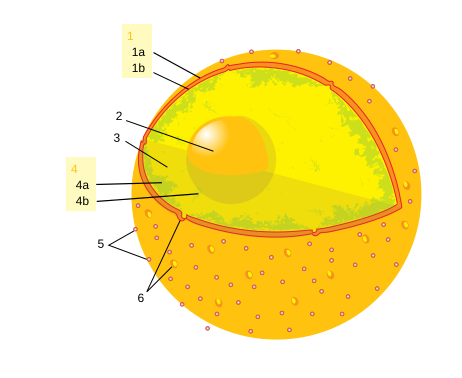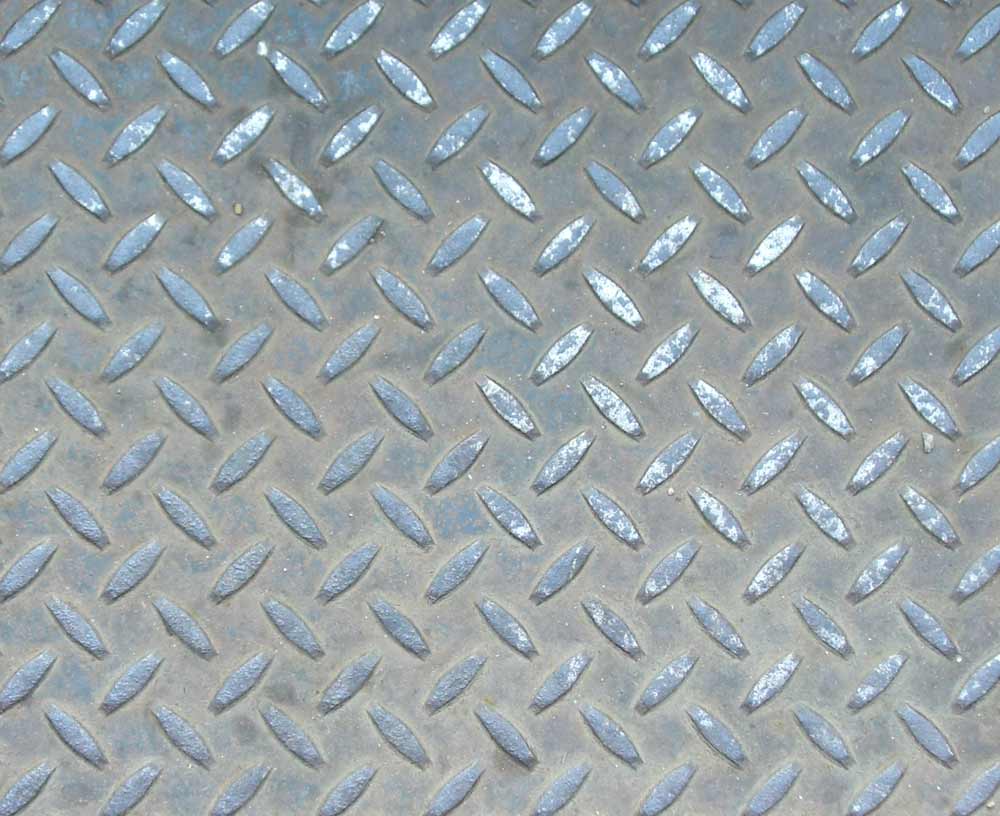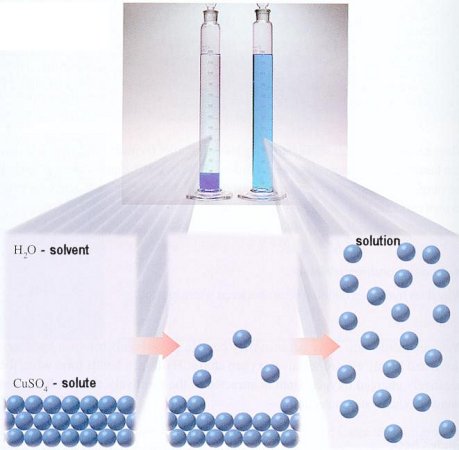
Atom: The smallest particle of an element that has the same chemical properties as the element.

Nucleus: An atom's dense center, where most of its mass is.

Electron: a negatively charged particle that moves around an atom's nucleus.

Proton: a positively charged particle inside an atom's nucleus.

Neutron: a particle with no charge inside an atom's nucleus.

Atomic number: the number of protons in an atom.

Metal: any group of elements that conduct heat and electricity, is shiny and bendable.







